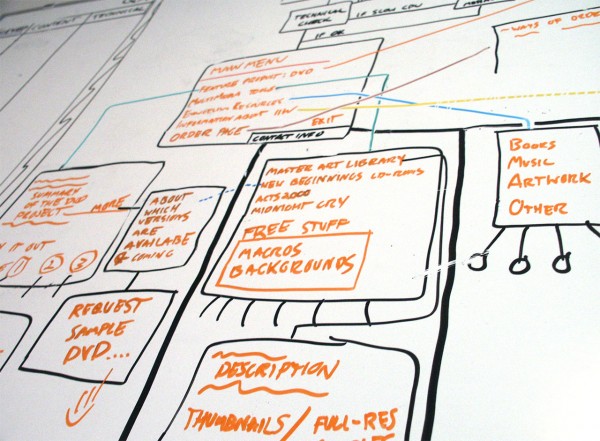
Field service management software is a computerized, automated business management system designed to optimize both business practices and customer satisfaction for any business that sends its workers out into the field (out of the office) to respond to work orders or customer calls. Some of the most common industries adopting field service management software include:
- · Heating, ventilation, and air-conditioning (HVAC)
- · Building maintenance and property management
- · Fire protection and alarm contractors
- · Specialty contracting such as plumbing, electrical, and refrigeration
- · Roofing service contracting
- · Security and alarm contractors
- · IT support and networking services
- · High-tech and electronics manufacturing
Some examples of field service management software solutions include Microsoft Dynamics SL, Microsoft Dynamics GP, Sage Timberline Field Service, Sage Timberline Office, and Timberline Enterprise Service Management.
Service management systems (SMS) are also commonly referred to as field service management (FSM), field force automation (FFA), computerized maintenance managements systems (CMMS), and field service solutions (FSS). All field service management systems are designed to help businesses automate their systems in order to streamline business practices, although some management systems are geared toward specific industries. Service management systems/software are intended to address four crucial areas of the field service management industry through one system/solution:
- 1. Managing customer data and services through automated accounts, sales, technical support, and customer-accessed portals
- 2. Parts management from vendors to customers
- 3. Workforce and dispatching optimization
- 4. Integrating mobile applications through technology
Customer Management: Field-service industries start when a customer contacts a business requesting services. A work order is created in the system, and the automation process begins. The management office, field workers, and even the customer all have access to information and updates about the job in progress until it is complete. Workers are able to respond to customers more quickly and customers can access information about the services they are paying for through a customer portal.
Parts Management: Any parts needed for the job are tracked through the work order. Invoices from vendors are recorded and paid for electronically, eliminating duplicate invoices and payments, late payments, lost paperwork, and human error.
Workforce Management and Dispatching: Management systems make it easier to manage employees working out in the field and out of the office by having constant, reliable contact and communication with workers and knowing where they are at all times. Dispatching workers to new jobs or emergency jobs becomes faster and easier by being able to locate and send out the workers who are best suited to the job, closest in location to the service area, or both.
Mobile Applications and Technology: Integrating technology helps office workers and field workers communicate. Office workers can use GPS to track field workers’ locations, and field workers can respond to work orders and update project information through laptops, ipads, and smartphones.










Comments